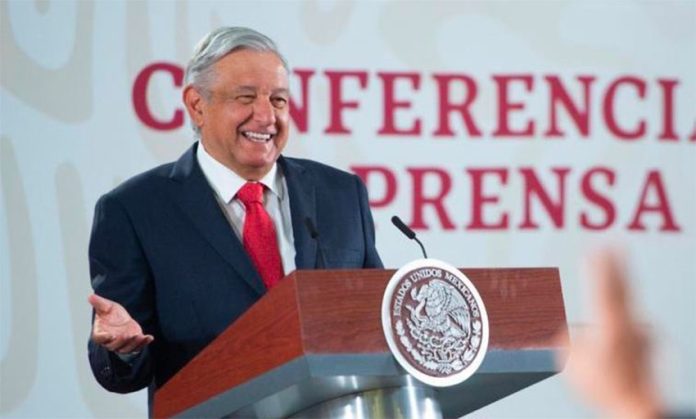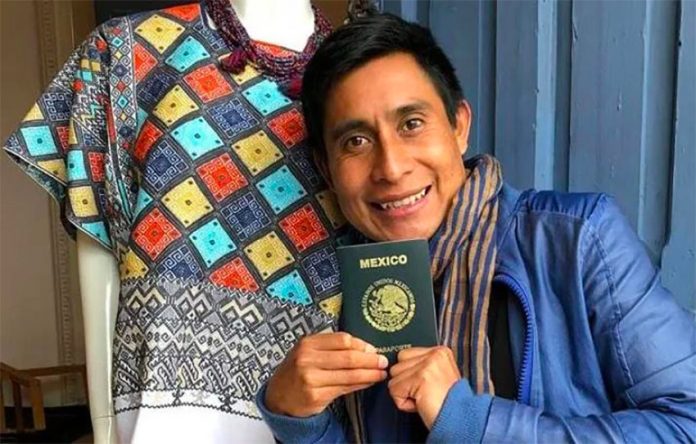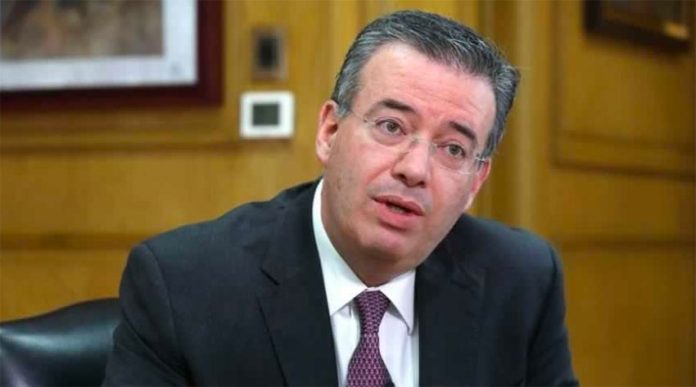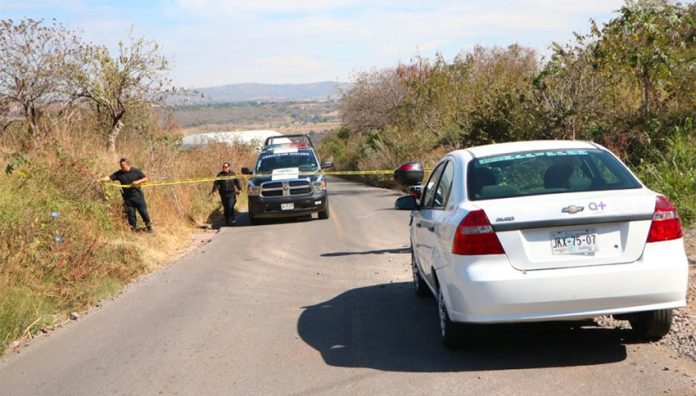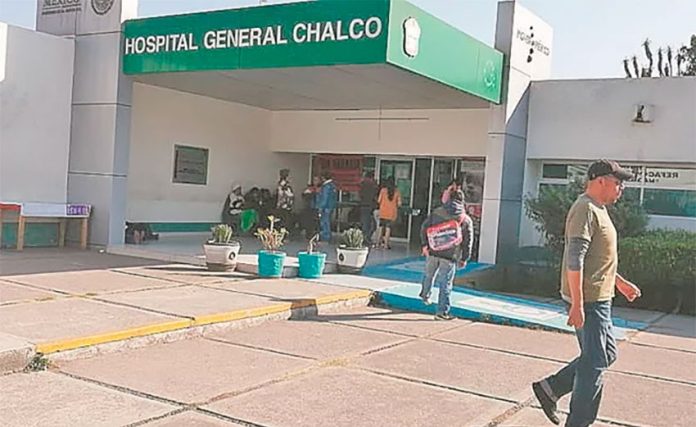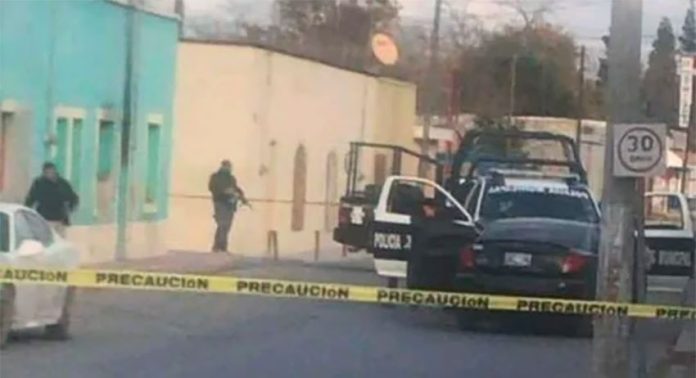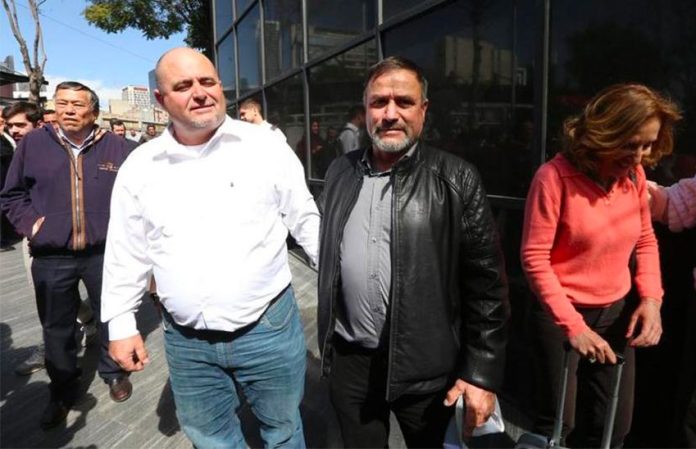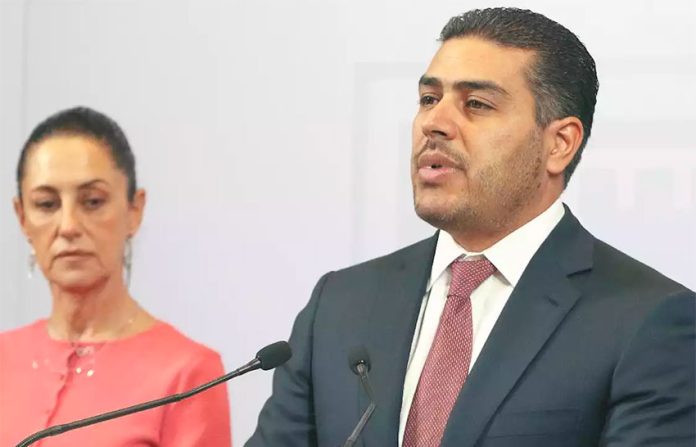The federal government has “saved Pemex” and put an end to declining oil production, President López Obrador said on Wednesday, but some analysts have a very different view about the debt-laden state oil company.
“We already saved Pemex and petroleum production recovered [in 2019],” the president told reporters at his morning news conference.
“For the first time in 14 years, petroleum production didn’t fall, it was an extraordinary achievement due to the good management of Pemex,” he added.
López Obrador’s self-congratulatory remarks had a familiar ring: last month he declared that “we’ve got Pemex out of the crisis” and “we have stopped the fall in production, now they’re working on 20 [new] oilfields, output is increasing . . .”
However, analysts who spoke with the newspaper Financial Times disputed the president’s claims and agreed that a second ratings agency will likely downgrade Pemex to junk status after Fitch cut its rating to speculative grade in June.
The Times said that analysts indicated that the oil production targets for the company appear optimistic and that unless the cash-strapped government pumps in billions more dollars or drops its opposition to loss-making Pemex partnering with the private sector in exploration and production, “the outlook is bleak.”
López Obrador, a staunch opponent of the previous government’s energy reform that ended Pemex’s 80-year oil exploration and production monopoly, has put an end to new joint ventures known as farm-outs even though many analysts say that the move robs the state oil company of the opportunity to share investment risk with the private sector.
He said on Wednesday that there were no plans to hold new auctions to sell off oil fields to the private sector but added that his government is urging companies that won blocks previously to invest in them and produce.
“They’re only producing about 10,000 barrels [per day]; of 1.73 million barrels extracted yesterday, only 10,000 were extracted by the companies that received the contracts, the so-called energy reform was a resounding failure,” López Obrador said.
But the Mexican Association of Hydrocarbon Companies refuted the claim, stating that fields operated by its members yielded an average of 47,000 barrels per day (bpd) during the first 11 months of 2019 and that production was expected to rise to 280,000 bpd by 2024.
Graham Stock, a partner and senior sovereign strategist at BlueBay Asset Management, told the Times that the market generally believes that the strategy the government is pursuing to reassert Pemex’s dominance in the oil sector is the wrong one.
“There’s not really any light at the end of the tunnel,” he said.
Fausto Álvarez, a former senior official at the National Hydrocarbons Commission, the oil sector regulator, disputed López Obrador’s assertion that declining production at Pemex has been halted.
Output last year was actually set to decline 7.6% compared to 2018, he told the Times, adding that the new fields “will at best attenuate the decline but will not increase production.”
To meet its future production targets – 1.85 million bpd in 2020 and 2.4 million bpd by 2024 – the state oil company would need “a level of productivity and success that. . . [it] has never achieved,” Álvarez said.
The announcement last month of the discovery of a huge oil deposit in Tabasco that could yield 500 million barrels of crude – the largest find in 32 years, according to Pemex – was an attempt by the state oil company to convince ratings agencies that its future was secure, according to independent energy analyst Ramsés Pech.
However, Pemex – already saddled with about US $100 billion in debt – cannot escape from the fact that production costs are rising because many of its other fields are aging, meaning that achieving López Obrador’s aim of making Mexico self-sufficient in fuel production will be extremely costly.
The government is upgrading Pemex’s six existing refineries and building a new US $8-billion facility on the Tabasco coast that the president says will help Mexico achieve self-sufficiency, but analysts say that exporting crude makes better financial sense.
“So you have a Pemex for which producing costs more every day because of declining fields and if it puts [oil] into its refineries, it loses money,” independent analyst Rosanety Barrios told the Times.
Meanwhile, Pech has been advising senior government officials of the need to resume farm-outs. “There’s no other way. If they don’t, it won’t meet its targets and the rating agencies will come down on Pemex.”
If a second agency were to downgrade Pemex to junk status, there would be a massive sell-off of bonds by investors who are required to hold investment-grade debt.
Stock from BlueBay Asset Management said that “it’s not inconceivable” that the government will allow farm-outs to resume. Indeed, one unnamed senior government official said in August that López Obrador was poised to reverse his position and allow Pemex to enter into new joint ventures with the private sector in 2020.
But Stock also raised the possibility that the government could ignore the market expectation of another downgrade to Pemex’s credit rating and double down on its go-it-alone stance.
“Will this [the expectation of a downgrade] be taken as a sign the strategy isn’t working or will they come out fighting?”
Source: Milenio (sp), Financial Times (en)

